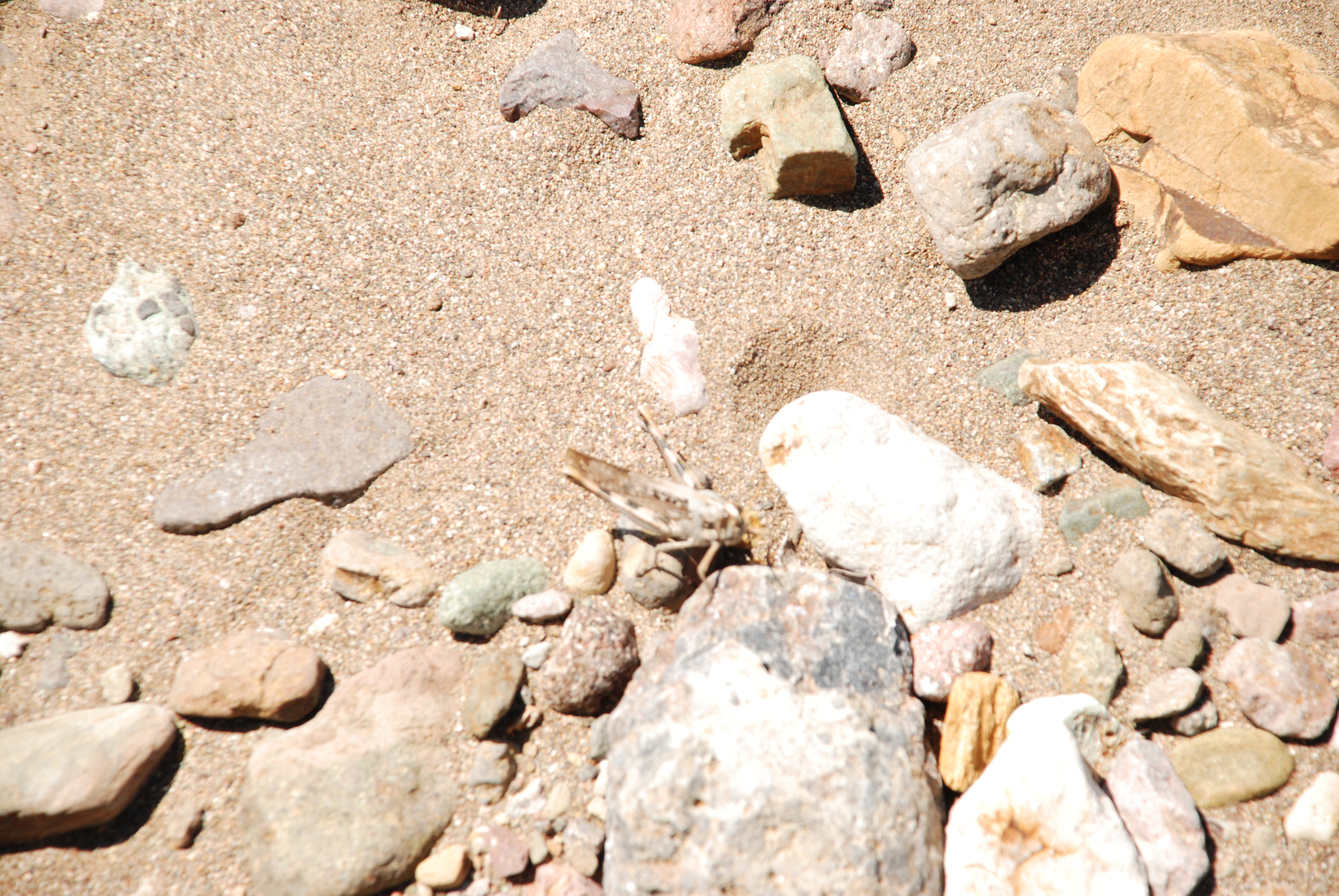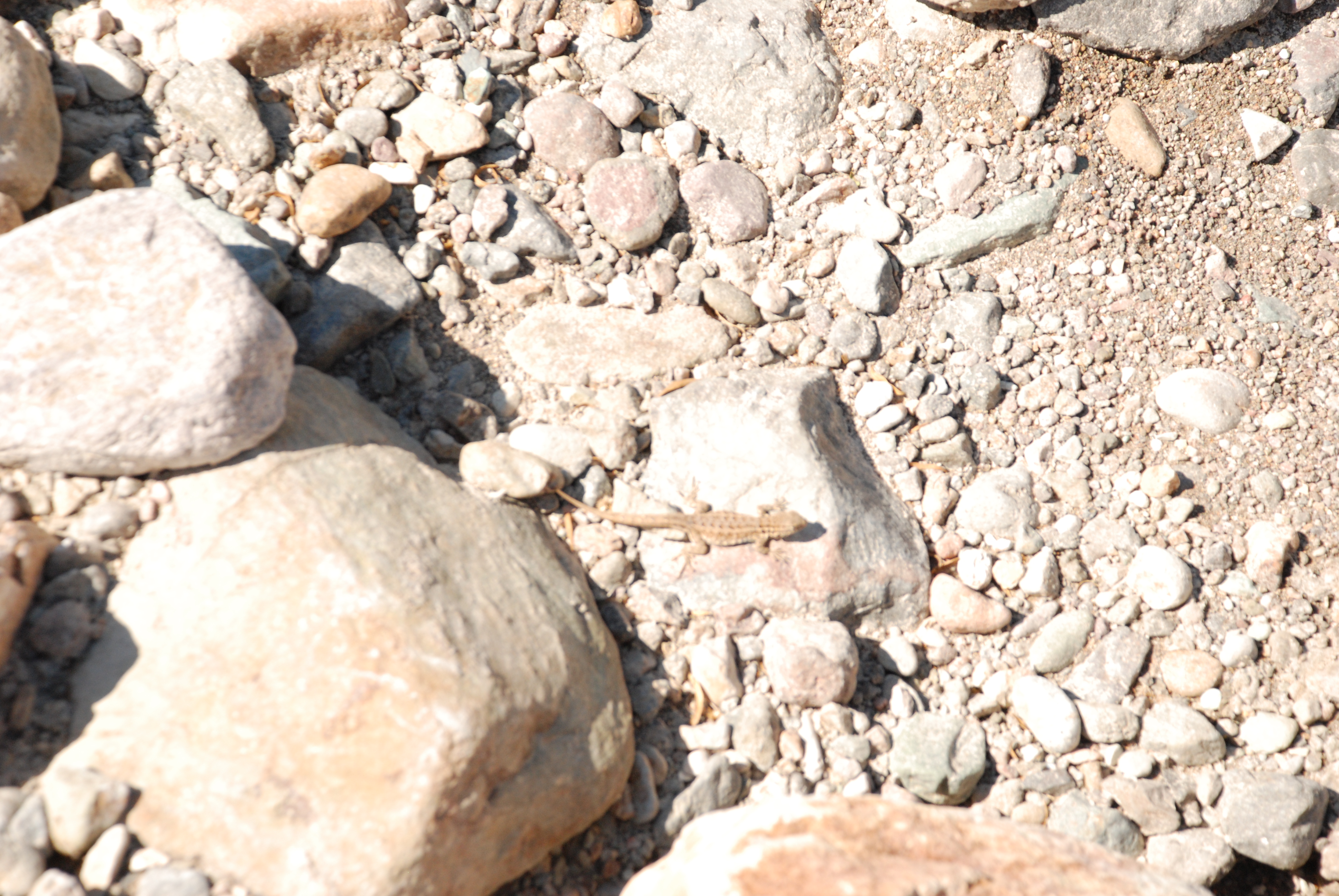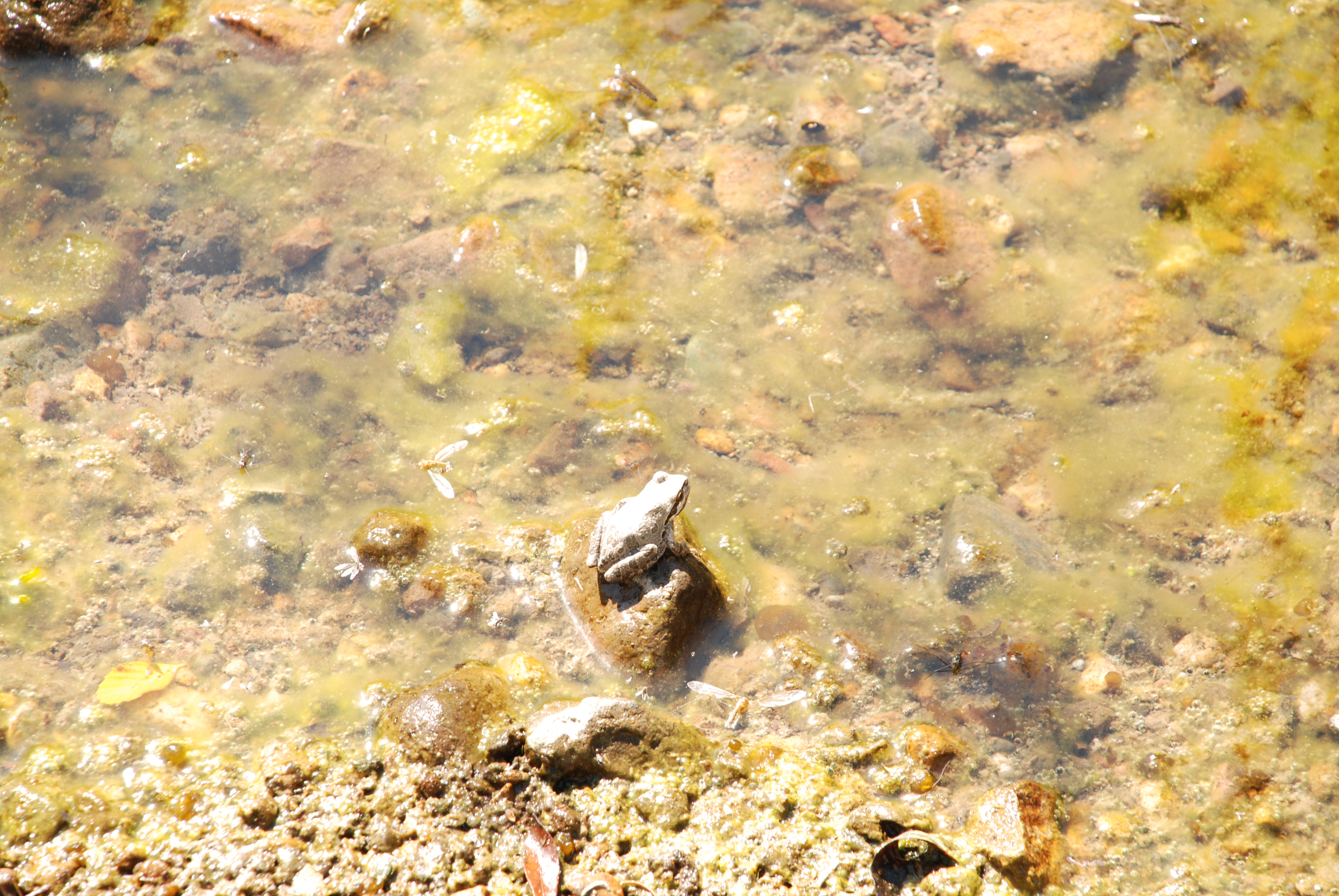Reflection: Interspecies Relationships
Santa Cruz island
By Michael Walter Lambert (04/22/09 20:42:06)
Related animals: Bird, Fish, Flea, Fox, Frog, Human, Insect, Lizard, Pond Life, Quail, Spider
This past weekend our group from our class 185 LJ Interspecies collaboration went to Santa Cruz Island, one of the Channel Islands. Santa Cruz is an hour and a half boat ride from Ventura. The harbor was Island Packers. This trip allowed us to experience nature the natural way, to see other forms of life in an unaltered way. The trip included sea life as well as life on land. Along with the animals there were countless species of plant life. Apparently there is a movement to remove all non-native plants from the island. So we as a class saw how the landscape looked with both categories of plants. There are common plants, the invasive plants, and even plants endemic to the island. There are plants at Santa Cruz Island that you can't find any where else in the world. I don't know how but people are trying to get rid of invasive plants.
The location of the island and its mountainous terrain makes it hard for larger land mammals to inhabit the island. There isn't much as far as animal life on the island, this even goes for human life. Surprisingly humans have not inhabited the island or if they had they had left. Most of the larger mammals on the trip we saw were sea mammals. Although I didn't see, apparently there were dolphins and sea lions. Some of our group went sea diving and saw many sea animals. But personally from the boat I saw, I think, two whales. They came up from the water every few minutes, and they seemed curious about the boat. They must live close to the surface since they need to breath air. It seems they are social since we saw them in a pair. I enjoyed their fluid motions, and their apparent curiosity of our boat. They are quite friendly, and of course enormous in size. Their shear size makes them relatively easy to locate. I heard they communicate through sound and even have been the subject of a song with a human collaborator.
As far as other sea life I saw crabs, fish, and tadpoles. Interestingly the tadpoles are in small pools of water and are immensely abundant which is strange because we encountered such a small number of adult frogs. The crabs breath in water but do spend some time on land.
As far as other animal life we mainly just saw frogs and lizards and many insects. It was almost like more of an insect world, really. As far as land mammals there were freak like skunks and miniature foxes. The foxes weighed about four pounds. I saw neither of these but had heard of sightings of both from the group. What I did see was an ever moving world of wild life bugs. Just above my bed in the cabin was a whole family of daddy longlegs. There were easily ten plus spiders a foot from my bed. I even witnessed one of the smaller spiders devouring a mosquito. The mosquitos were very into us, we are their parasitic food. The place was busing with insects both visually and audibly. The loudest of which had to be the crickets. There were plenty of animal noises which interested many of the group.
Another common animal on the island were lizards, I saw at least two different species. They were crawling all over the place in the hot sun. It is interesting how they alternate between the sun and the shade. They seemed to react to us humans, communicating what I don't know. I think they are fond of the climate. On our trip I went on many hikes and was able to witness many of these animals and their habits in their habitat. I also got to see how the different humans reacted differently to the animals and how they went about their projects with the animals. Their were more than one way of communication. I made some attempts to communicate with some birds but to no avail. One thing about the animals is that they don't claim the island to be theirs. Hiking and observing was the best I could do. Are animals interested in art? I'm trying to find out. At the very least they could be the subject of art. All are capable of reacting to stimuli, but can they move past instinct and deliberatively conspire with humans to work together in an art project? Probably we can find out through communication. For this class I plan to work with my family dog who is highly intelligent and very sweet and friendly. He has shown the ability to understand some of our dialect. I'm sure he would be willing to do an art project of some kind with me. Being that we know each other he would be an ideal subject for me
[Write Comment]
By Michael Walter Lambert (04/22/09 20:42:06)
Related animals: Bird, Fish, Flea, Fox, Frog, Human, Insect, Lizard, Pond Life, Quail, Spider
This past weekend our group from our class 185 LJ Interspecies collaboration went to Santa Cruz Island, one of the Channel Islands. Santa Cruz is an hour and a half boat ride from Ventura. The harbor was Island Packers. This trip allowed us to experience nature the natural way, to see other forms of life in an unaltered way. The trip included sea life as well as life on land. Along with the animals there were countless species of plant life. Apparently there is a movement to remove all non-native plants from the island. So we as a class saw how the landscape looked with both categories of plants. There are common plants, the invasive plants, and even plants endemic to the island. There are plants at Santa Cruz Island that you can't find any where else in the world. I don't know how but people are trying to get rid of invasive plants.
The location of the island and its mountainous terrain makes it hard for larger land mammals to inhabit the island. There isn't much as far as animal life on the island, this even goes for human life. Surprisingly humans have not inhabited the island or if they had they had left. Most of the larger mammals on the trip we saw were sea mammals. Although I didn't see, apparently there were dolphins and sea lions. Some of our group went sea diving and saw many sea animals. But personally from the boat I saw, I think, two whales. They came up from the water every few minutes, and they seemed curious about the boat. They must live close to the surface since they need to breath air. It seems they are social since we saw them in a pair. I enjoyed their fluid motions, and their apparent curiosity of our boat. They are quite friendly, and of course enormous in size. Their shear size makes them relatively easy to locate. I heard they communicate through sound and even have been the subject of a song with a human collaborator.
As far as other sea life I saw crabs, fish, and tadpoles. Interestingly the tadpoles are in small pools of water and are immensely abundant which is strange because we encountered such a small number of adult frogs. The crabs breath in water but do spend some time on land.
As far as other animal life we mainly just saw frogs and lizards and many insects. It was almost like more of an insect world, really. As far as land mammals there were freak like skunks and miniature foxes. The foxes weighed about four pounds. I saw neither of these but had heard of sightings of both from the group. What I did see was an ever moving world of wild life bugs. Just above my bed in the cabin was a whole family of daddy longlegs. There were easily ten plus spiders a foot from my bed. I even witnessed one of the smaller spiders devouring a mosquito. The mosquitos were very into us, we are their parasitic food. The place was busing with insects both visually and audibly. The loudest of which had to be the crickets. There were plenty of animal noises which interested many of the group.
Another common animal on the island were lizards, I saw at least two different species. They were crawling all over the place in the hot sun. It is interesting how they alternate between the sun and the shade. They seemed to react to us humans, communicating what I don't know. I think they are fond of the climate. On our trip I went on many hikes and was able to witness many of these animals and their habits in their habitat. I also got to see how the different humans reacted differently to the animals and how they went about their projects with the animals. Their were more than one way of communication. I made some attempts to communicate with some birds but to no avail. One thing about the animals is that they don't claim the island to be theirs. Hiking and observing was the best I could do. Are animals interested in art? I'm trying to find out. At the very least they could be the subject of art. All are capable of reacting to stimuli, but can they move past instinct and deliberatively conspire with humans to work together in an art project? Probably we can find out through communication. For this class I plan to work with my family dog who is highly intelligent and very sweet and friendly. He has shown the ability to understand some of our dialect. I'm sure he would be willing to do an art project of some kind with me. Being that we know each other he would be an ideal subject for me

| 
|

|